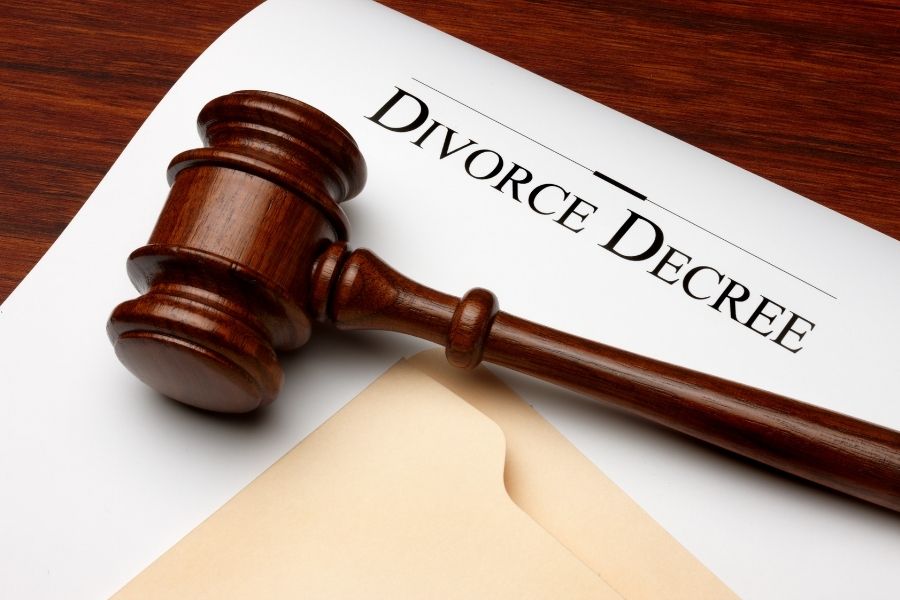Introduction:
Divorce can be a challenging and emotionally taxing experience. However, if you find yourself in a situation where you and your spouse are in agreement and eager to part ways swiftly, you can expedite the process of How to Get A Fast Divorce in New York. In this comprehensive guide, we will walk you through the key steps and strategies to navigate the New York divorce process efficiently, allowing you to move forward with your life as quickly as possible.
Step 1: Understand New York's Residency Requirements
Before you can initiate the divorce process in New York, it's crucial to ensure you meet the state's residency requirements. At least one spouse must have resided in New York continuously for a year immediately prior to filing for divorce. If both of you fulfill this requirement, you're on the right track to a fast divorce.
Step 2: Opt for a No-Fault Divorce
In New York, you have the option to choose between fault-based and no-fault divorce. Opting for a no-fault divorce, where the marriage is declared to be "irretrievably broken" for at least six months, can streamline the proceedings. This approach eliminates the need to prove any fault, such as adultery or cruelty, which can significantly extend the process.
Step 3: Consider Mediation or Collaborative Divorce
If you and your spouse can maintain an amicable and cooperative relationship, you should consider mediation or collaborative divorce. These alternative dispute resolution methods prioritize open communication and compromise, leading to a quicker resolution without the need for prolonged courtroom battles. This approach not only saves time but also minimizes the financial burden associated with divorce.
Step 4: Assemble Your Essential Documents
To expedite the divorce process, ensure you gather all the necessary documentation. This includes financial records, property deeds, and information regarding children, if applicable. Having these documents readily available facilitates smoother negotiations and decision-making.
Step 5: Retain an Experienced Divorce Attorney
Enlisting the services of a seasoned divorce attorney with expertise in New York's divorce laws is crucial. A skilled attorney will guide you through the legal process, assist with the necessary paperwork, and negotiate on your behalf, ensuring that your rights and interests are protected throughout the divorce proceedings.
Step 6: File a Summons and Complaint
With the assistance of your attorney, you will need to draft and file a Summons and Complaint. These documents officially initiate the divorce process. After filing, your spouse will be served with these papers, and they will have a specified time to respond.
Step 7: Strive for an Amicable Settlement
Negotiate with your spouse or their legal representative to arrive at a mutually agreeable settlement regarding property division, child custody, and financial support. The faster you can reach an agreement, the quicker your divorce can be finalized.
Step 8: Attend Court Hearings, If Necessary
In cases where an agreement cannot be reached through negotiation, you may be required to attend court hearings. Be well-prepared for these hearings, as they play a pivotal role in resolving any remaining issues. Your attorney will represent your interests in court, ensuring a fair and expedited resolution.
Conclusion:
While divorce is a life-altering event that can never be truly painless, understanding the legal requirements and choosing the right approach can undoubtedly expedite the process of How to Get A Divorce in New York State. In summary, it entails meeting residency criteria, opting for a no-fault divorce, considering alternative dispute resolution methods, collecting necessary documents, securing a knowledgeable attorney, filing the required paperwork, and striving for an amicable settlement.
By following these steps and making informed decisions, you can significantly streamline the divorce process and transition into the next phase of your life more swiftly. Remember, engaging legal counsel and maintaining open lines of communication are essential in ensuring a smooth and efficient divorce process in the state of New York.





Comments